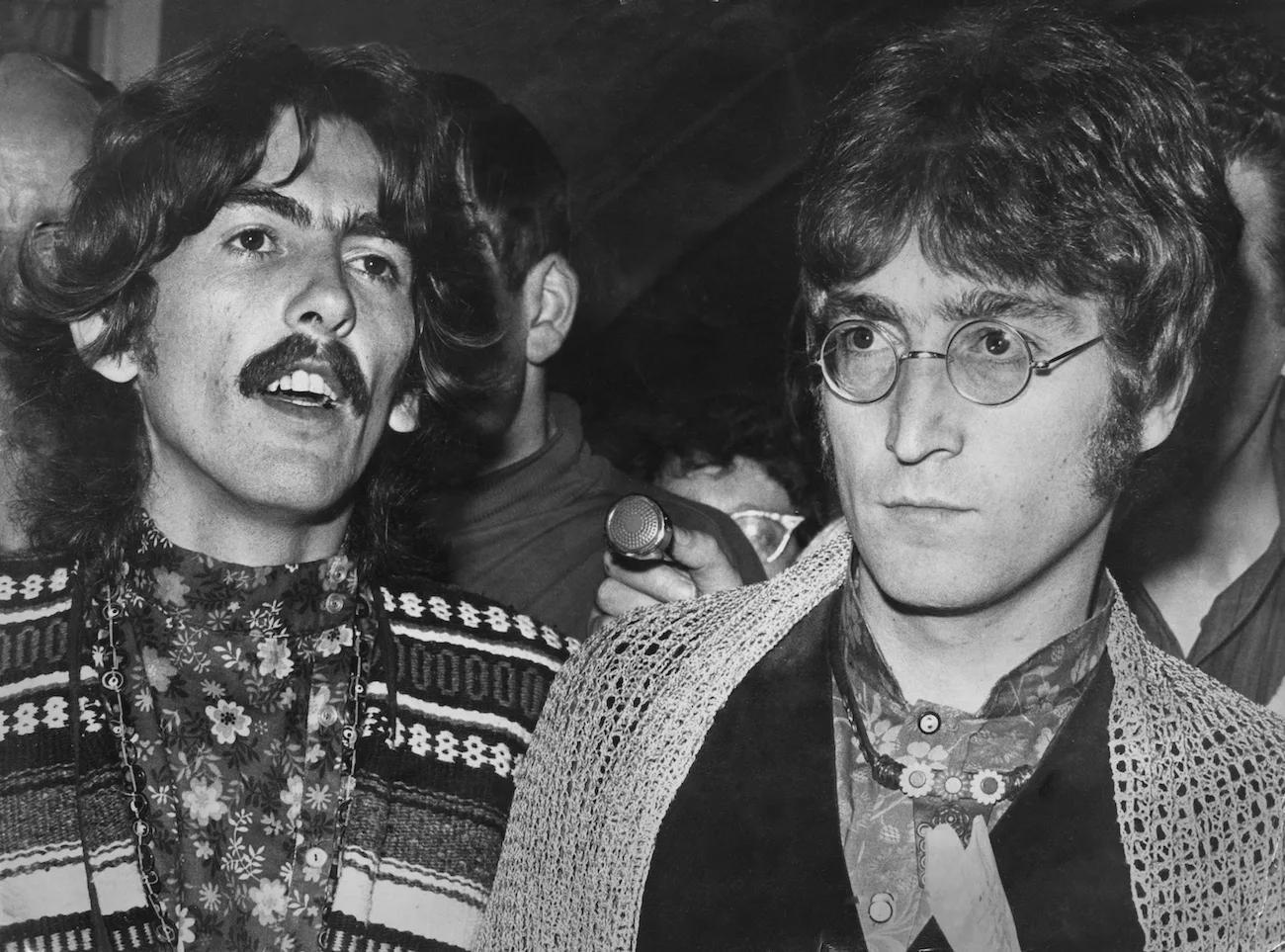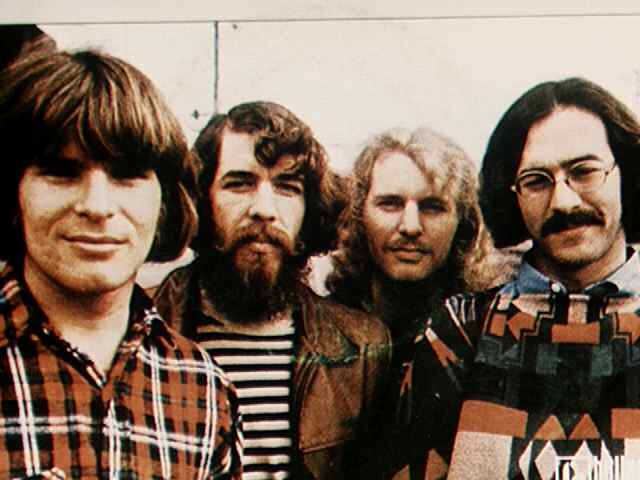A person’s “favourite” singer and who they deem the “best” singer are often not the same individual. While both are subjective, the former is much more so. For example, two of my favourite singers are Bob Dylan and Leonard Cohen, but neither could be considered a technical virtuoso on the level of Whitney Houston or Luciano Pavarotti. Within the comparatively unrefined realm of rock music, few measure up to the vocal majesty of Freddie Mercury.
As the frontman of Queen, Mercury helped to energise the glam-rock era alongside stars like Elton John and David Bowie. His larger-than-life stage command and often striking outfit choices were usually enough to dazzle the fans, but the main attraction was his arresting vocal projection and impressive three-octave range.
Like good people, good vocalists rely on a winning combination of genes, nurture and care. God or DNA gives you your cords and lungs, after which you might choose to train your vocal abilities within natural parameters. Beyond this, one must care for the vocal cords using soothing lemon and honey linctures and as few cigarettes as possible – unless you’re looking for a Tom Waits rattle, of course.
Vocal range relies on sound vocal cords, while your lungs and oral chamber provide the conditions for projection and timbre. In Mercury’s case, his cords allowed coverage of around three octaves, from about 92.2 Hz to 784 Hz. In his prime, he could, therefore, comfortably strike notes between a low of F#2 to a high of G5.
As the star’s famous vocal exercises, which he used to incite audience engagement, demonstrated, he also had the timbre and projection necessary to accompany rock music and energise packed-out stadiums. For many years, some fans have suggested that Mercury’s abnormally large mouth (or resonance chamber) contributed to his unique vocal abilities.
Famously, Mercury had a combination of hyperdontia and malocclusion, the former meaning he had four extra incisors and the latter meaning these teeth were not aligned properly. These additional, protrusive gnashers also meant that the singer’s jaw was larger than usual, allowing for a larger chamber.
Another anatomical feature that may have contributed to Mercury’s talent is the so-called “false” vocal cords. Additional to standard issue cords, these cords are actually a pair of protruding folds that sit just above the voice box. Everyone has them, but only some people can employ them to create sound, including most opera singers and Mercury.
Professor Christian Herbst has conducted studies into Mercury’s astonishing vocal abilities and noted that operatic vibrato is where he differed from other rock singers most. “Usually, you can sing a straight tone, but opera singers try to modulate the fundamental frequencies,” he said. “So they make the tone, if you like, a bit more vibrant. Typically, an opera singer’s vibrato has this frequency of about 5.5-6 Hz. Freddie Mercury’s is higher, and it’s also more irregular, and that kind of creates a very typical vocal fingerprint.”
Whether you’re a fan of Queen’s music or not, it is difficult to fault Mercury’s vocal talent. It is nothing short of a miracle that this genetic package could also play piano, write songs and electricity his audiences as one of the greatest frontman in the history of rock ‘n’ roll.










